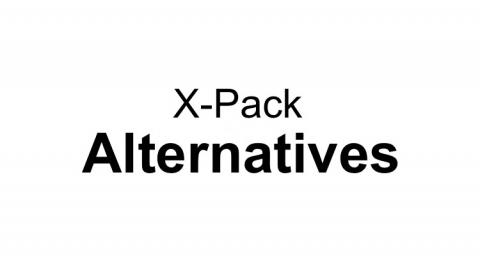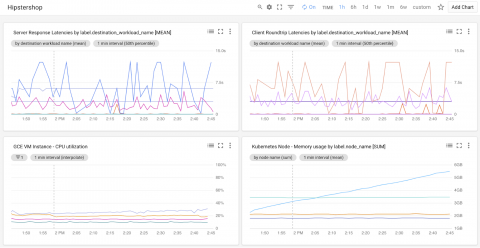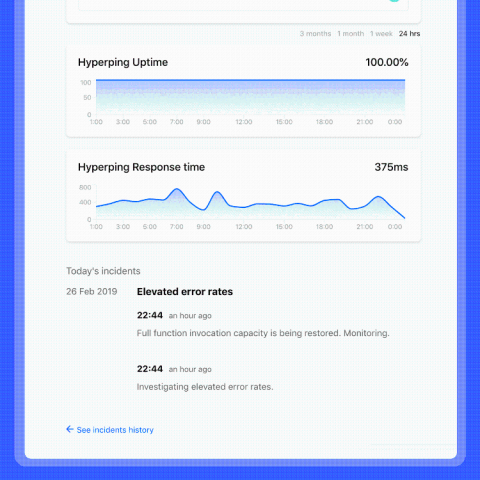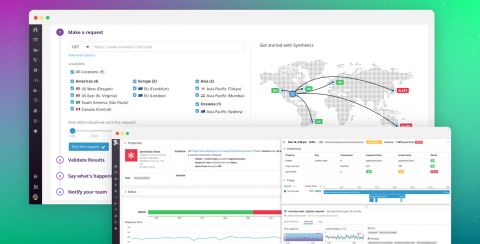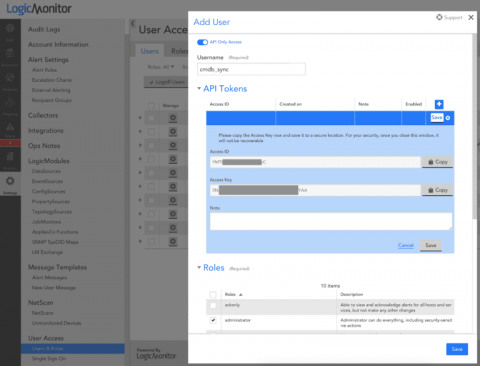Operations | Monitoring | ITSM | DevOps | Cloud
Latest Blogs
Elastic Stack Features (formerly X-Pack) Alternatives Comparison
Elastic Stack Features (formerly X-Pack) is an Elastic Stack extension that bundles security, alerting, monitoring, reporting, and graph capabilities. One could use either all or specific components.
The service mesh era: Using Istio and Stackdriver to build an SRE service
Just to recap, so far our ongoing series about the Istio service mesh we’ve talked about the benefits of using a service mesh, using Istio for application deployments and traffic management, and how Istio helps you achieve your security goals. In today’s installment, we’re going to dig further into monitoring, tracing, and service-level objectives.
Introducing Incident Insights for status pages
Did you ever have your customer success team (if you have the chance to have one!) overwhelmed by customers throught the support chat when facing minor incidents or even major outages, having to update all those worried customers in real time throught dozens of different channels as the engineering team finds out and resolves the issue? Support costs time, energy and money. What if all of your users could all connect to one single status page that would answer all of their questions?
Using Kubernetes Labels for Analytics, Forensics, and Diagnostics
Usually, when you hear us going on about labels here at Tigera, we are mentioning them as targets for selectors for network policies. As a review, you might have a policy that says, “things labeled customerDB=server should allow traffic on 6443 from things labeled customerDB=client” In this example, the labels identify a resource being produced or consumed.
BubbleUp Meets Tracing (and Other Odd-shaped Data)
A few weeks ago, BubbleUp came out of Beta. We’ve been getting fantastic user feedback on how BubbleUp helps users speed through the Core Analysis Loop and lets people find things they never could have found before. We’ve also been learning more about how BubbleUp works with Tracing, which unearthed some difficult issues. Today, we’re taking those head on.
Introducing Datadog Synthetics
Datadog is pleased to announce the availability of Synthetics, a whole new layer of visibility on the Datadog platform. By monitoring your applications and API endpoints via simulated user requests, Synthetics helps you ensure uptime, identify regional issues, track application performance, and manage your SLAs and SLOs. By unifying Synthetics with your metrics, traces, and logs, Datadog allows you to observe how all your systems are performing as experienced by your users.
PHP monitoring with Datadog APM and distributed tracing
Since its release in 1995, PHP has been one of the most popular server-side languages for building web applications. It supports a wide range of web servers, databases, and operating systems. PHP developers use popular frameworks like Laravel, Symfony, and Zend to deploy and manage sites that serve high volumes of traffic. To help you monitor PHP performance, identify bottlenecks, and optimize your users’ experience, we’re pleased to announce APM & distributed tracing for PHP.
Announcing Sysdig Secure 2.3: NIST + PCI image compliance checks, Kubernetes and Docker remediation tips, and more!
Today we are very excited to announce our latest release — Sysdig Secure 2.3! In this version of Sysdig Secure, we have invested heavily in hardening the compliance posture of Kubernetes, Docker configurations, and container images. We have released a set of features that provide compliance focused image scanning, guided remediation, compliance dashboards, and more.
Getting Started with the LogicMonitor - ServiceNow CMDB Integration
A Configuration Management Database (CMDB) contains all relevant information about the hardware and software components used across an organization’s IT environment. Even more important, a CMDB defines the relationships and interdependencies between those assets. This makes it easy to understand, manage and report on the service being delivered.



